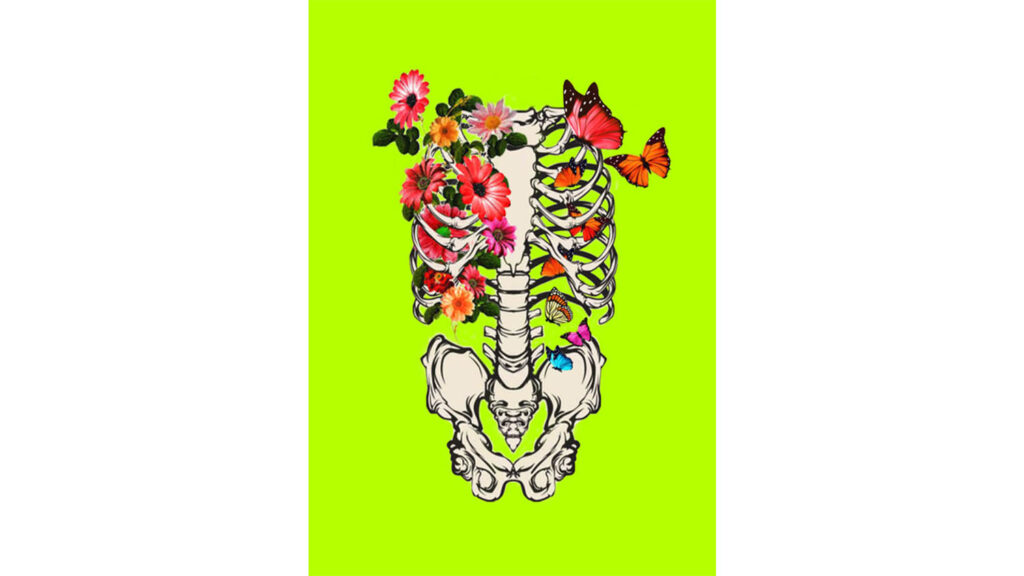I am privileged because I am a designer!
And I am doubly privileged because every day I teach future designers to develop skills that are essential for the future.
And I am triple privileged because when working in this area, with multidisciplinary teams, I am constantly working on various problems/solutions that respond to today's challenges, but with an impact on tomorrow.
Design is a science that can help to transform the world in the short, medium and long term and is no longer exclusively for aesthetic and stylistic factors. In fact, it goes much further than exercising creativity, designers use social and empathic skills, they are able to identify problems, characterize needs, find solutions and persuade others towards greater visions.
Above all, they are able to contaminate others with visions oriented towards the construction of more heterogeneous and equitable societies, capable of adopting more ecosystemic behaviors, of making more conscious choices for consumers and fundamentally, of guiding society towards the preservation of our planet and the your resources.
Of course, we are talking about processes that instrumentalize creativity, but that also structure thought, that invoke the participation of others, that identify the reasons, that question the various possibilities, that operationalize the foundations and make ideas tangible.
Always remember the principles… as the designer Dieter Rams defends, there are “ten principles of good design”: be innovative, make a product useful, be aesthetic, make a product understandable, be discreet, be honest, be lasting, be thorough until the last detail, be eco-friendly and involve as little design as possible.
This is how design (as a discipline of organizing thought) has been growing, acting in the most diverse economic and social areas, with attributes of "aggregator and facilitator" through the design of processes that lead us to the most diverse physical and social solutions. digital.
Therefore, we can find more and more designers in certain professional areas, in inter and transdisciplinary teams, working in areas such as health and well-being, management and innovation, social and cultural, among others.
Currently, the most successful companies are design-oriented: examples like Airbnb, Uber, Siemens, among many more; and above all they draw experiences, sensations and emotions.
There are also more and more designers becoming entrepreneurs, capable of implementing their ideas, guided by a continuous desire to transform and innovate. The ability to make changes, to aspire to live in a different world, to look at others as a collective, to understand the needs and challenges imposed by the evolution of the world and, above all, to think about the urgency of our days, the regeneration of the planet.
Design is increasingly oriented towards the design of thought, development of processes and towards the resolution of real problems of society and oriented towards people.
In the very near future, all companies will have a designer in their strategic team, only in this way will they be able to be visionaries and continuously innovate their products, services, experiences, digital platforms, customer service, communication and, above all, their brand.
Author: Susana Leonor, PhD Design, director of the Degree in Communication Design – ISMAT




















Comments